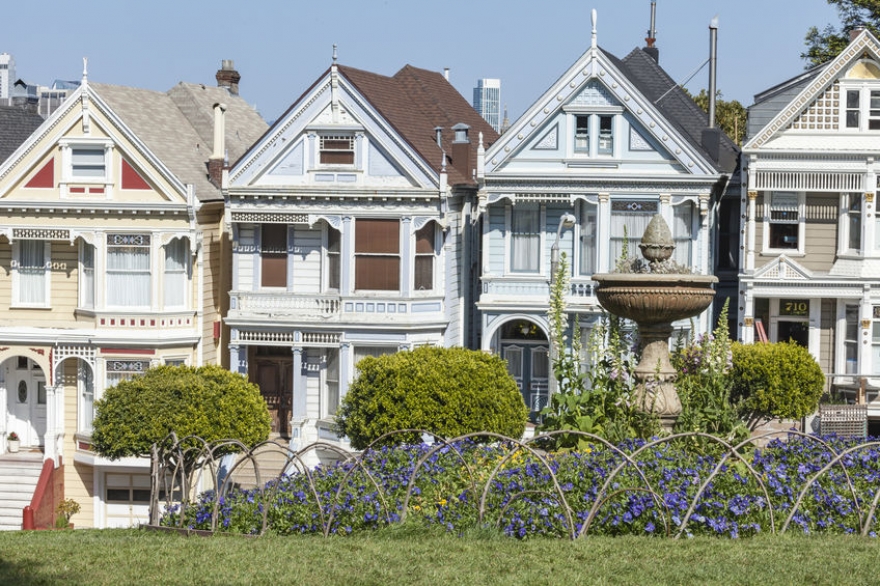Technological innovation has an interesting way of applying two contradictory forces on an industry - one that pressures towards consolidation and an opposing pressure towards diversification.
E-commerce is a great example where on the one hand, Amazon is in a position of absolute dominance that even giants like Walmart are struggling to chase, while, on the other hand, platforms like ebay has enabled an explosion of small individual sellers that deal in everything from celebrity paraphernalia to vintage cars.
The real estate industry is no exception. Tech-driven consolidation is happening at every facet of our business. And while consolidation can be a healthy process of simplifying an industry, over-consolidation leads to lack of choice, unbalanced incentive structures, and it can be detrimental to the long-term health of a market.
Therefore, It’s critical we work to maintain an environment, tech and otherwise, that encourages a wide range of businesses both in size and specialization, to maximize benefit for consumers and industry professionals alike.
It’s in this light that I write about the SF Buyer Graph, announced by the seven or eight participating brokerages in San Francisco and RealScout, the technology that powers the initiative. In a nutshell, the SF Buyer Graph is a collective of San Francisco brokerages that have opted to share carefully anonymized and selected data about their buyers as a way to increase market transparency and to make brokering deals more seamless.
The first thing that struck me is the number and quality of the participating brokerages. [Alain Pinel Realtors, Berkshire Hathaway HomeServices Franciscan, Climb Real Estate, Engel & Völkers, Golden Gate Sotheby’s, Intero, Marker, and Vanguard] are all excellent, well-established names in San Francisco, and the fact that these competitors came together is good indication that there’s something special happening.
The Buyer Graph is slated to accomplish two key things: First, increase the access to market demand analytics, which would improve the quality of decision-making for agents and consumers alike. Second, the Buyer Graph should further promote the communication between listing and selling agents, enabling more buyers to match with more relevant listings, and vice versa.
These value-propositions act as a counter-balance to the reason technology can be a negative consolidator. With the ease of hoarding large stashes of data, it’s too easy for a single player to gain an disproportionate information advantage in a market. But by cooperating throughout the market, even the relatively smaller players can reap the benefits of data-centric technology, thus supporting a more diverse marketplace. This is a natural progression for MLSs as it promotes further sharing data and information as well as fostering cooperation among the brokerages.
This aspect of the Buyer Graph mirrors the mission of most MLSes - to power a open, fair, and vibrant real estate market. Something that further aligns market incentives for the consumers benefit. For this reason, I see the SF Buyer Graph, and other Buyer Graph initiatives throughout the country, as a welcome, and frankly rare arrival of a technology that supports a more inclusive future of real estate.
Too often, and certainly understandably, we are focused on the competitive, zero-sum aspects of our industry, and don’t have the bandwidth to consider how a market can come together for the collective benefit. With more long-term and cooperative thinking, we should be able to provide the right solutions to tech-driven problems that our industry faces today, and ensure a vibrant future of real estate.
